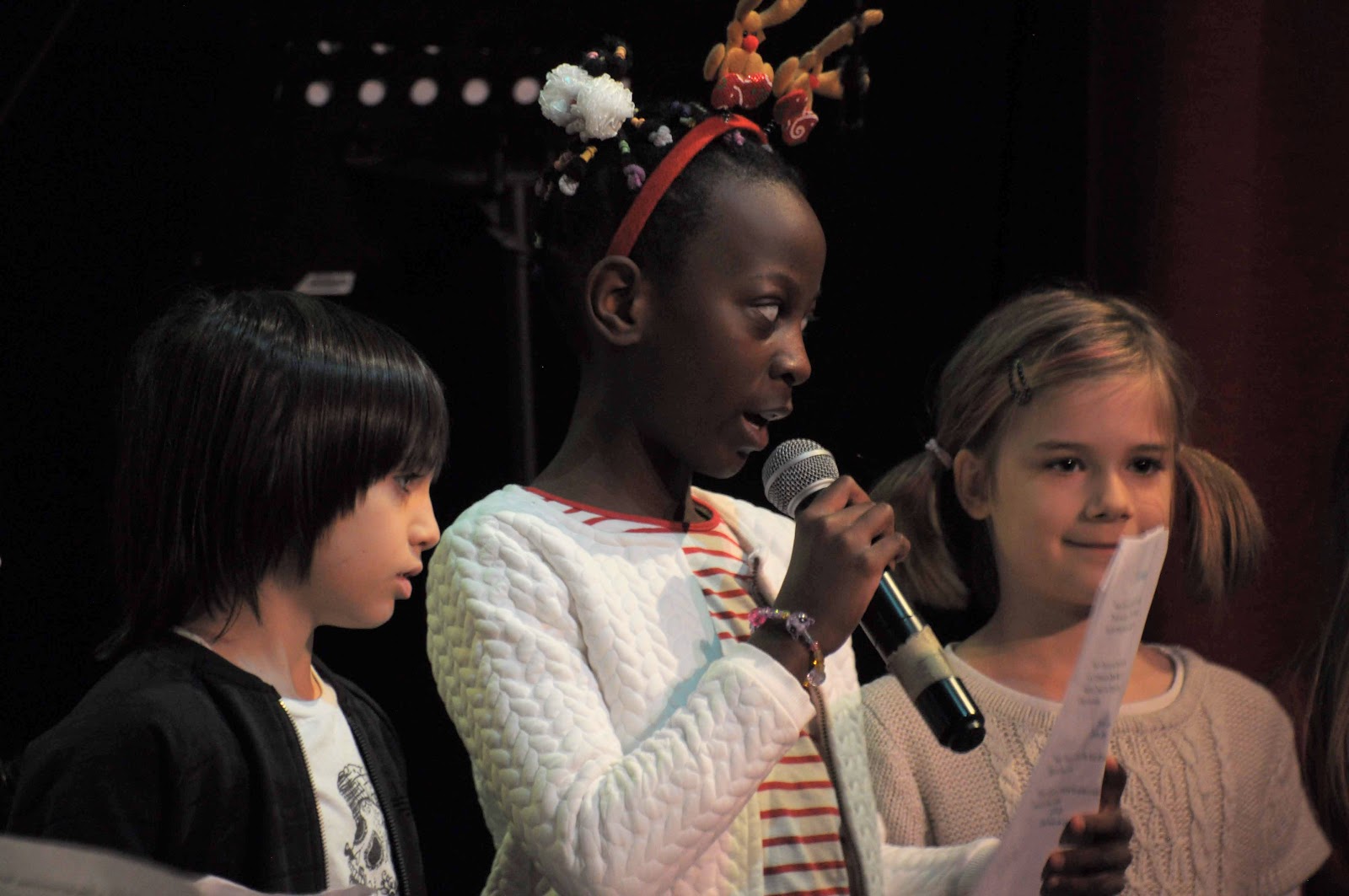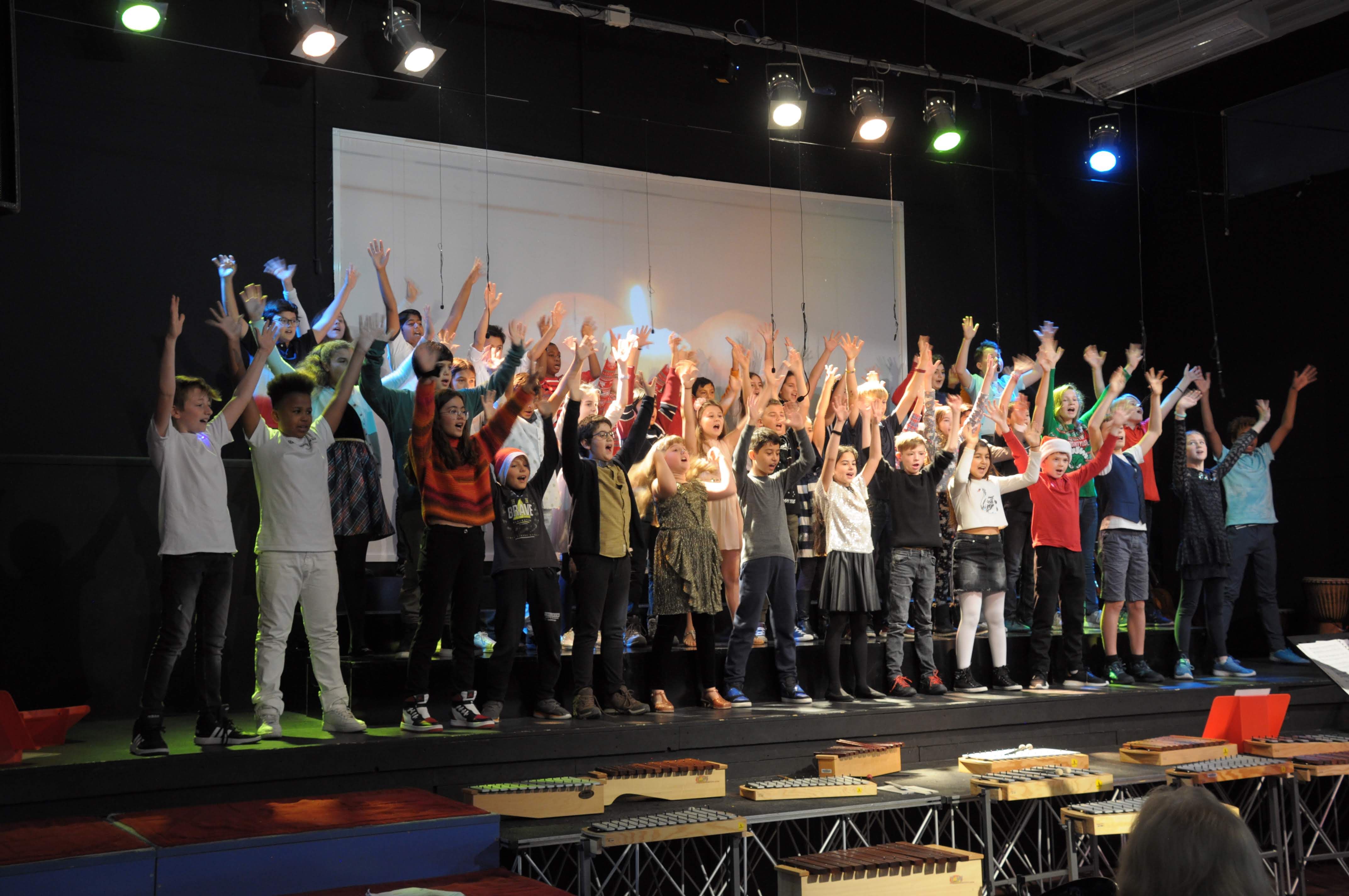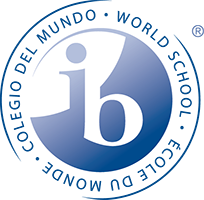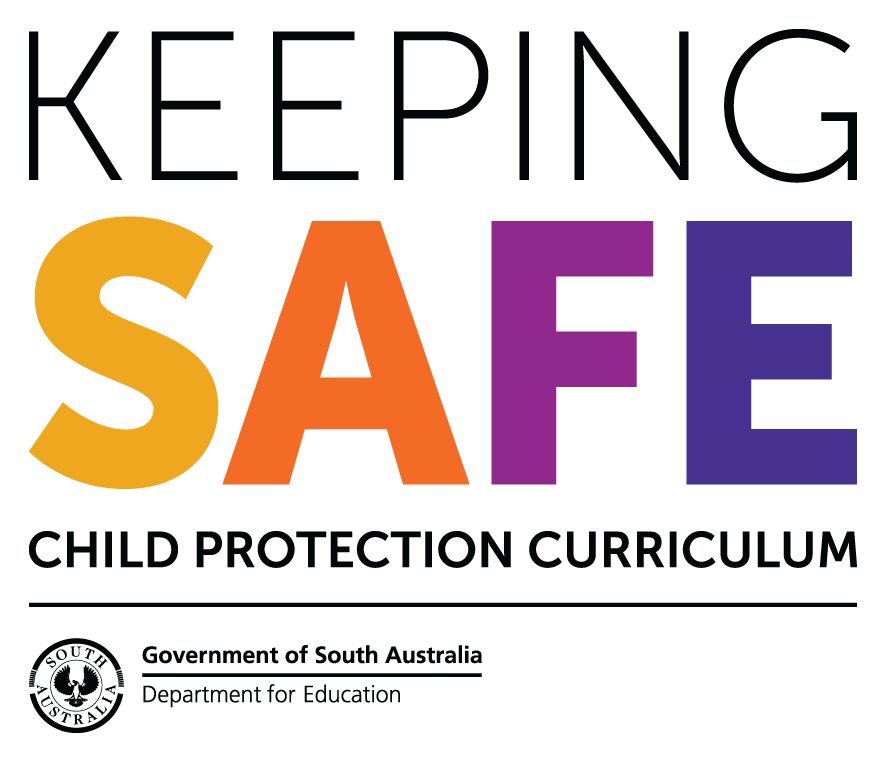The PYP approach to the arts offers more by virtue of its diversity. In TISA your child will learn music, drama and dance as part of our performing arts programme.They will take part in two, fifty minute lessons each week with our specialist performing arts teachers. Our aim is to foster an age-appropriate love of the arts, with a sense of the aesthetic to last beyond school and into adulthood. Our classes enhance children’s everyday skills of communication, coordination, presentation, and confidence. Based around an approach of creating and responding, we allow children to explore their inherent creativity, and express it in a safe and clearly structured environment. We regard performing arts as paramount in developing problem solving, creativity and higher order thinking skills. Classes are organised with warm-up games and songs at the beginning of the class in order to develop eye contact, awareness of others, spatial awareness and tune-in to past lessons. Students spend the rest of the class creating, then responding to their work and the work of others.

It is a requirement of the DP that students study at least one subject from group 2.
Nature of Subject
Group 2 consists of two modern language courses—language ab initio and language B. Language ab initio and language B are language acquisition courses designed to provide students with the necessary skills and intercultural understanding to enable them to communicate successfully in an environment where the language studied is spoken.
Language ab initio course is for beginners (that is, students who have little or no previous experience of learning the language they have chosen). These courses are only available at standard level.
The language ab initio course is organized into three themes:
-
Individual and society
-
Leisure and work
-
Urban and rural environment
Assessment Outline
| Assessment component | Weighting |
|
External assessment |
75% |
Paper 1 (1 hour 30 minutes): Receptive skills Understanding of four written texts. (40 marks) Text-handling exercises. |
30% |
|
Paper 2 (1 hour): Productive skills |
25% |
|
Written assignment: Receptive and productive skills |
20% |
|
Internal assessment (10 minutes): Interactive skills • Part 1: Presentation of a visual stimulus (from a choice of two) by the student. |
25% |
Language B courses are intended for students who have had some previous experience of learning the language. They may be studied at either higher level or standard level.
The language B course comprises from the core and from the options.
Core
There are three topics in the core.
-
Communication and media
-
Global issues
-
Social relationships
Options
There are five topics in the options.
-
Cultural diversity
-
Customs and traditions
-
Health
-
Leisure
-
Science and technology
Additionally, at HL students must read two works of literature.
Assessment outline - SL
|
Assessment Component |
Weighting |
|
External assessment |
70% |
|
Paper 1 (1 hour 30 minutes): Receptive skills |
25% |
|
Paper 2 (1 hour 30 minutes): Written productive skills |
25% |
|
Written assignment: Receptive and written productive skills |
20% |
|
Internal assessment |
30% |
|
Individual oral (8–10 minutes) |
20% |
|
Interactive oral activity |
10% |
Language A
Language A is a student’s mother tongue, or a language that the student speaks and understands as a native. At TISA we offer English and Russian at Language A level. We teach the DP course, Language and Literature. The study of texts, both literary and non-literary, provides a focus for developing an understanding of how language works to create meanings. All texts may be understood according to their form, content, purpose and audience, and through the social, historical, cultural and workplace contexts that produce and value them. Responding to, and producing, texts, promotes an understanding of how language sustains or challenges ways of thinking and being.
Language A: Language and Literature: comprises four parts—two relate to the study of language and two to the study of literature. A key aim of the Language and Literature course is to encourage students to question the meaning generated by language and texts, which, it can be argued, is rarely straightforward. Helping students to focus closely on the language of the texts they study and to become aware of the role of each text’s wider context in shaping its meaning is central to the course.
The Language and Literature course aims to develop in students skills of textual analysis and the understanding that texts (both literary and non-literary) can be seen as autonomous yet simultaneously related to culturally determined reading practices. The course is designed to reflects the interests and concerns that are relevant to students while developing transferable skills.
Syllabus Content
Part 1: Language in Cultural Context
Texts are chosen from a variety of sources, genres and media.
Part 2: Language and Mass Communication
Texts are chosen from a variety of sources, genres and media.
Part 3: Literature — Texts and Contexts
SL: Two texts, one is is a text in translation, one written in the language A studied (from the list of Language A authors) or chosen freely.
HL: Three texts, one of which is a text in translation and one from the list of Language A authors. The other may be chosen freely.
Part 4: Literature — Critical Study
SL: Two texts chosen from the list of Language A authors
HL: Three texts chosen from the list of Language A authors
Standard Level Assessment
|
Paper 1: Textual Analysis (1 hour 30 minutes) |
25% | ||
|
Paper 2: Essay (1 hour 30 minutes) |
25% | ||
|
Written task |
20% | ||
|
Individual Oral Commentary |
15% | ||
Further Oral Activity The mark of one further oral activity is submitted for final assessment. (assessed by the teacher) |
15% | ||





